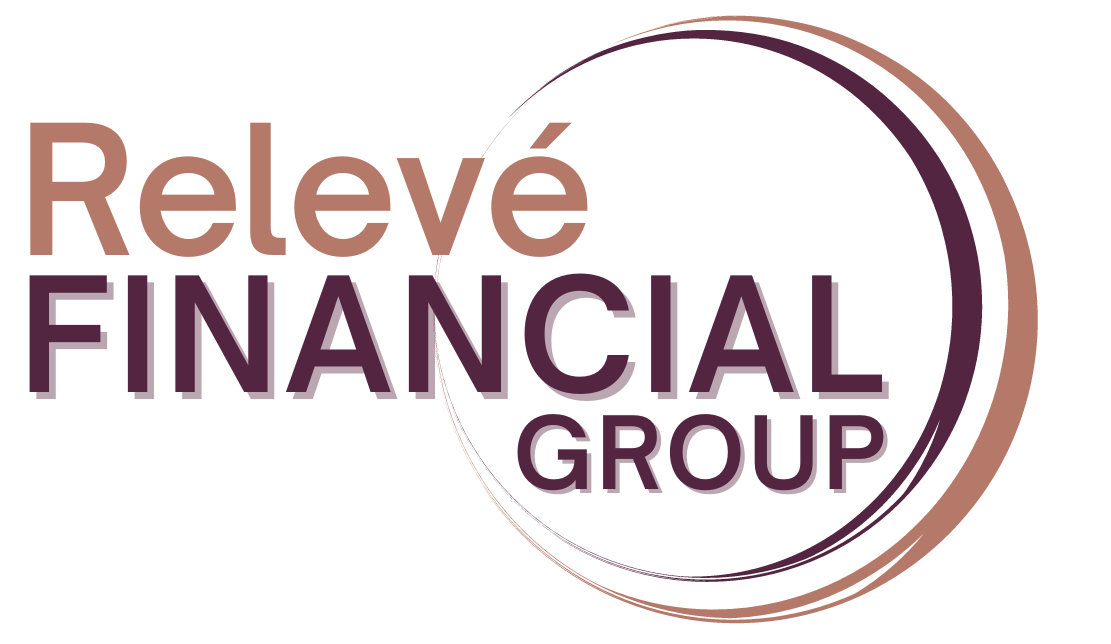Starting January 1, 2026, a new rule takes effect for 401(k) savers age 50 and older making catch-up contributions.
If your wages from your employer were over $145,000 in the prior year (a threshold that will adjust annually for inflation), your catch-up contributions must be made as Roth contributions—meaning you won’t receive a tax deduction up front.
That means:
- You’ll pay taxes on the contribution now.
- But your growth and qualified withdrawals in retirement will be tax-free.
A Quick Refresher on Catch-Up Contributions
Employees age 50 and older can contribute more to their employer-sponsored retirement plan each year—these extra amounts are called catch-up contributions.
- 2025: The regular catch-up contribution limit is $7,500 on top of the standard $23,500 limit, for a total of $31,000.
- Ages 60–63: A special “super catch-up” provision under the SECURE 2.0 Act increases the catch-up limit to $11,250 for those ages 60-63 in 2025, if the plan allows.
Changes beginning in 2026
Beginning in 2026, savers over 50 will be split into two categories based on their prior-year earnings from the employer sponsoring the plan:
- $145,000 or less: You can continue making catch-up contributions on a traditional, pre-tax basis.
- Over $145,000: Your catch-up contributions must be made to a Roth 401(k). These will be after-tax contributions, but qualified withdrawals in retirement will be tax-free.
Important note: This rule applies specifically to 401(k), 403(b), and governmental 457(b) plans. It does not affect catch-up contributions to IRAs. Also, this rule only applies to your catch-up contributions, not your regular, non-catch-up deferrals up to the standard annual limit. Consider contacting your HR department to confirm your plan offers a Roth option. If it doesn’t, ask whether your employer plans to add one and make sure they’re aware of this upcoming change.
Why This Matters
This change was originally set to start in 2024 but was delayed to 2026 to give employers and plan administrators time to update their systems. While the goal is to encourage more tax-free savings in retirement, it does mean some high earners will lose the immediate tax deduction for their catch-up contributions.
Extra Boost for Ages 60–63
The “super catch-up” limit of $11,250 (in 2025) for those ages 60-63 will continue in 2026 and adjust annually for inflation. High earners in this age bracket will also be subject to the mandatory Roth requirement for these larger catch-up contributions.
What You Should Do Now
- Plan for the tax impact: High earners should anticipate losing the upfront tax deduction on their catch-up contributions.
- Maximize higher limits: If you are in your early 60s, consider using the increased “super catch-up” limits if your plan offers them and it aligns with your retirement strategy.
Bottom Line
If you are a high earner over age 50, your 401(k) strategy will look different starting in 2026. Planning ahead now may help you prepare for changes and identify potential savings opportunities.
If you’d like to review how this change impacts your retirement plan, reply to this email and we’ll schedule a time to go over the details.

Nadine Thibault | Director, Advice Team, Private Wealth Advisor | CFP®, BFA™ | It is our mission to help you think differently about your wealth so you can LIVE WELLthy™ today and tomorrow.
